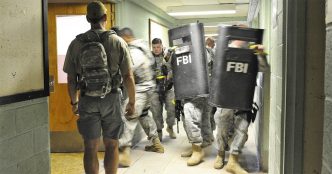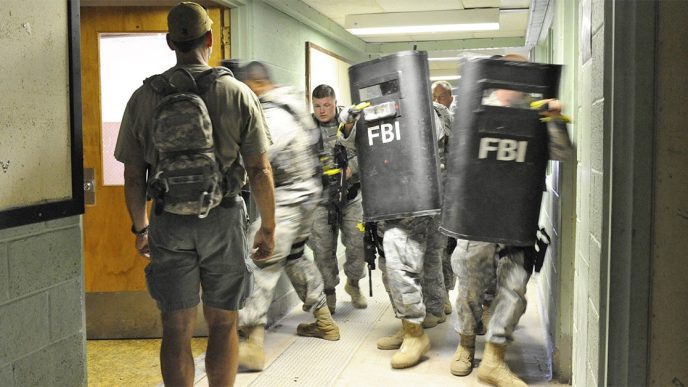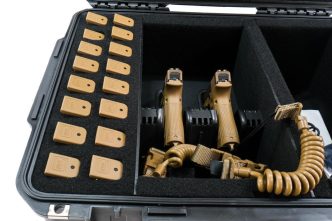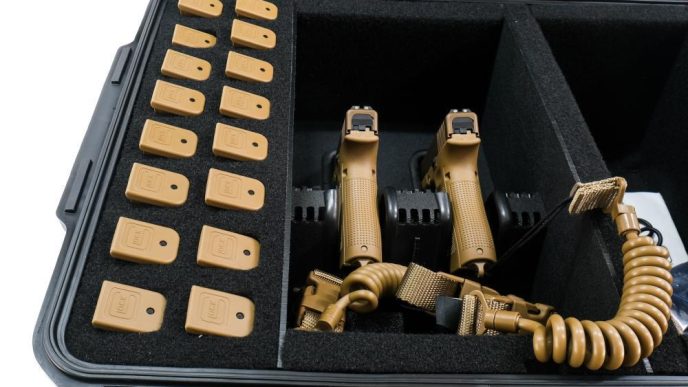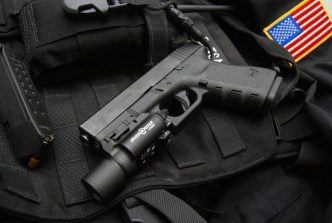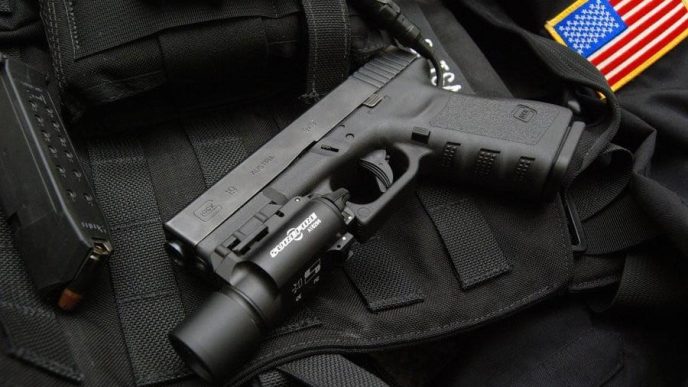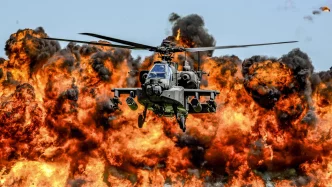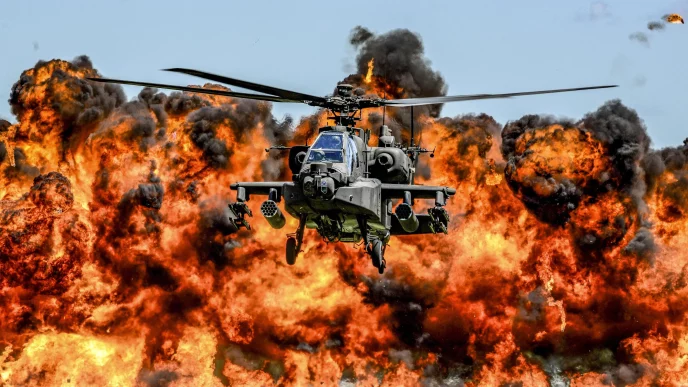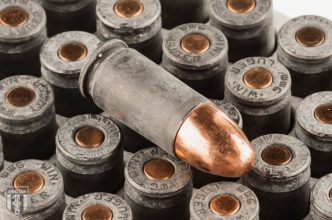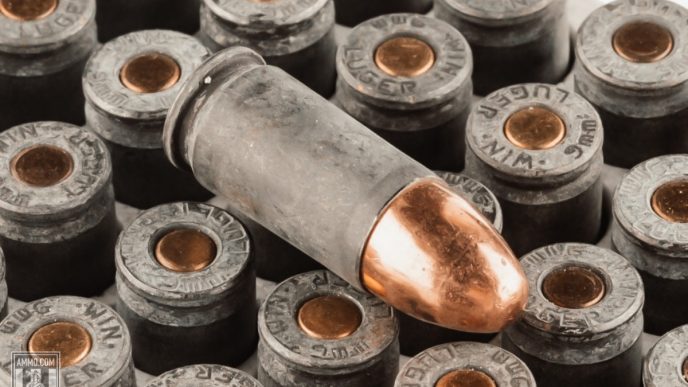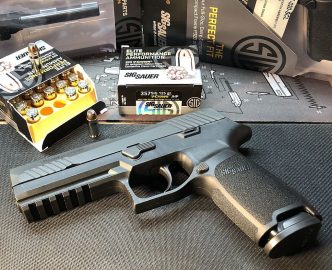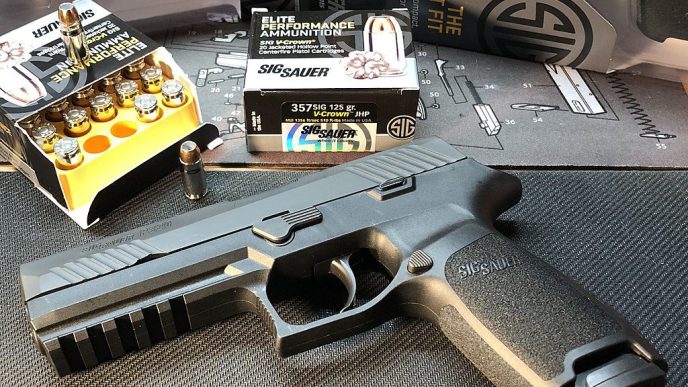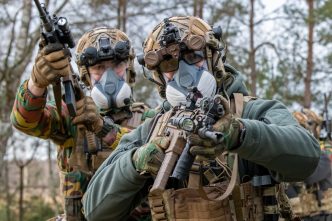
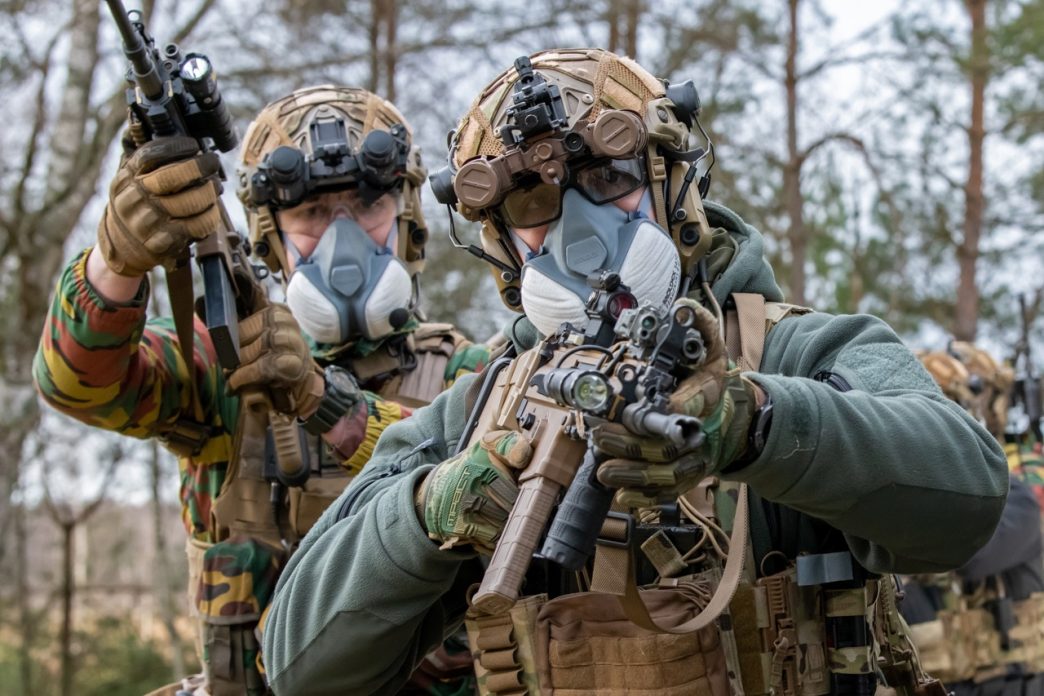
Once a year, a small group of soldiers of the 3rd Para-Commando Battalion gathers in a remote location in the south of Belgium to participate in a 2 week Stack Breacher Course. The main objective of this course is to train soldiers in the art of mechanical, ballistic, and explosive breaching.
Special Operations Regiment
At present, the Special Operations Regiment (SORegt) consists of the “Special Forces Group”, the 2nd and 3rd Para-Commando Battalion, and the related training centers for commandos and paratroopers. The 6 Gp CIS has also been integrated into the SORegt to provide communications support. The SOR particularly focuses on the execution of special operations, and military activities performed by specially organized and equipped units, using carefully selected personnel and special tactics, techniques, and engagement methods.

These methods are often discrete, through water, on land, or by air, with the mission of carrying out sensitive actions on several occasions, such as the collection of information, control of precision bombing by the air force, or the liberation of hostages anywhere in the world. The SORegt can play an active role within the context of the fight against terrorism and the assistance of friendly democracies in their struggle against irregular groups.
In addition to their current training for a number of more conventional missions, such as capturing and securing an airport or evacuating nationals from a crisis area, the Para-Commando battalions are also trained to carry out special operations. Depending on the nature of the mission, they may execute them in support of the Special Forces Group or in a completely autonomous way.

Stack Breacher Course
One of the new missions that will become the responsibility of both the 2nd and 3rd Para-Commando battalions will be the ability to breach houses by using explosives to blow up doors and/or windows to gain access. In the past, this activity was executed by Para-Commando engineer elements. Going forward these engineers will only focus on specialized breaching situations such as gaining access to buildings via walls or roofs.
This course came to life by combining techniques used by the Belgian Special Forces Group, elements taken from the US Ranger Master Breach Course (almost identical to the U.S. Army Special Forces Course), and completed with additions from the Para-Commando engineer group who executed this task in the past. Going forward these Para-Commando engineers will mainly focus on specialized breaching situations such as gaining access to buildings via walls or roofs.

Participants in this course are selected from the different Assault Groups who completed the Close Quarter Battle (CQB) course and are rated at the top of their Assault Group. The ultimate goal for the soldiers is to receive their qualification as ‘Breacher’.
The Course consists of 3 levels. The 1st level focuses on teaching basic knowledge of explosions. In the 2nd level classroom sessions are initiated to teach the students, in detail, all there is to know about mechanical, ballistic, and explosive entry situations. In the 3rd level, all attention goes to the practical execution of the theoretical knowledge by running through multiple scenarios by day and night.
Different tests are performed to test the level of all participants before finally receiving their qualifications. Once qualified, the course participants return to their Assault groups (called Stacks). Each Stack consists of 12 Assaulters of which 2 will be qualified breachers. When executing operational missions, every Stack will have mechanical, explosive, and ballistic means at its disposal to execute the mission.

The main benefit of having this breaching capability incorporated into the own portfolio of the Para-Commando Assault Groups is that the overall speed of the mission execution is much higher now. On the other hand, making sure there is a uniform Stack Breacher Course framework and training available takes up quite some time in the overall training program.
The author wants to thank the PAO of the 3rd Battalion Para-Commando for their hospitality and support.
